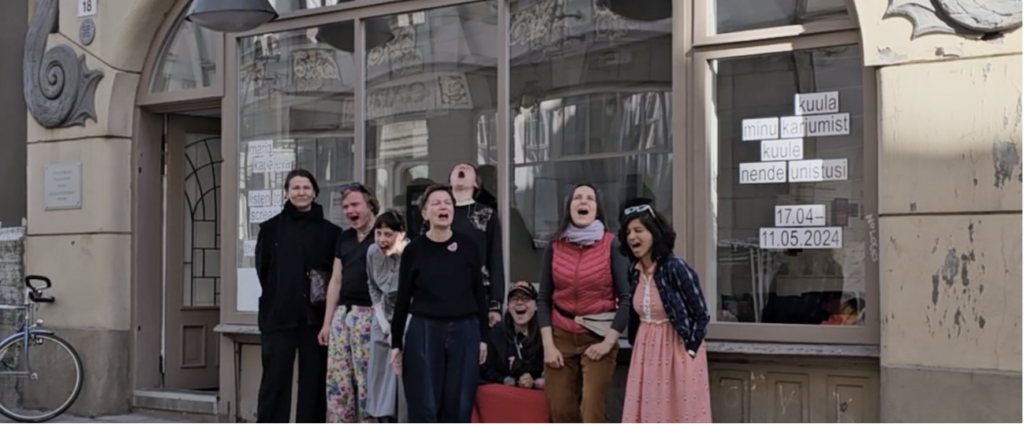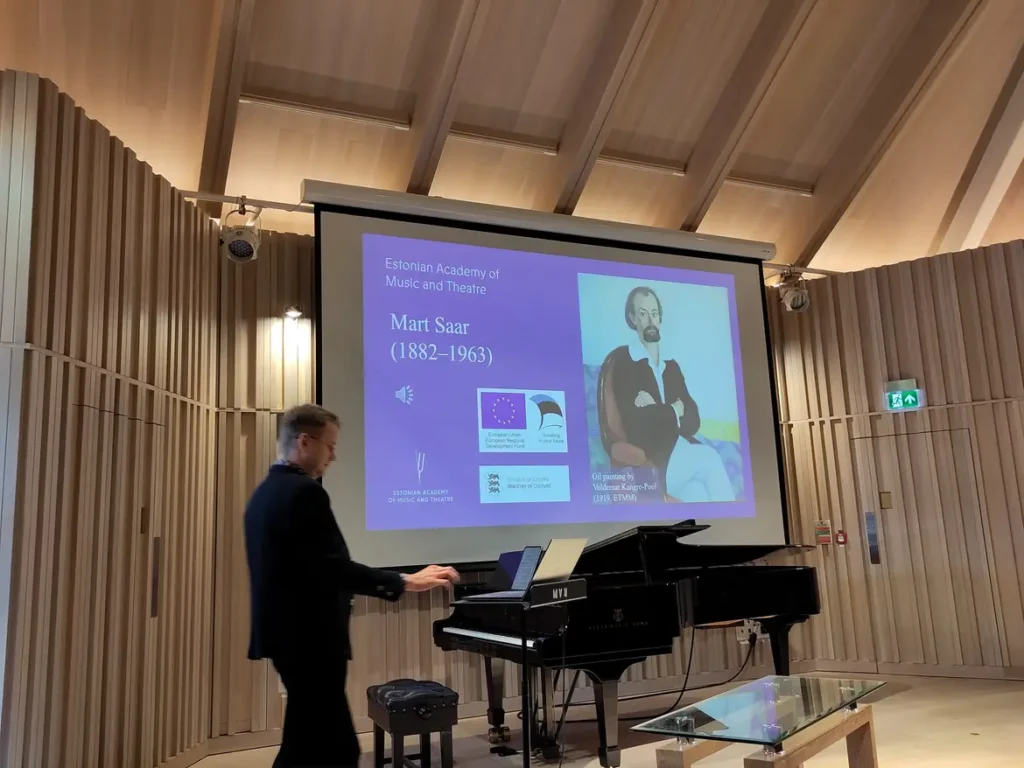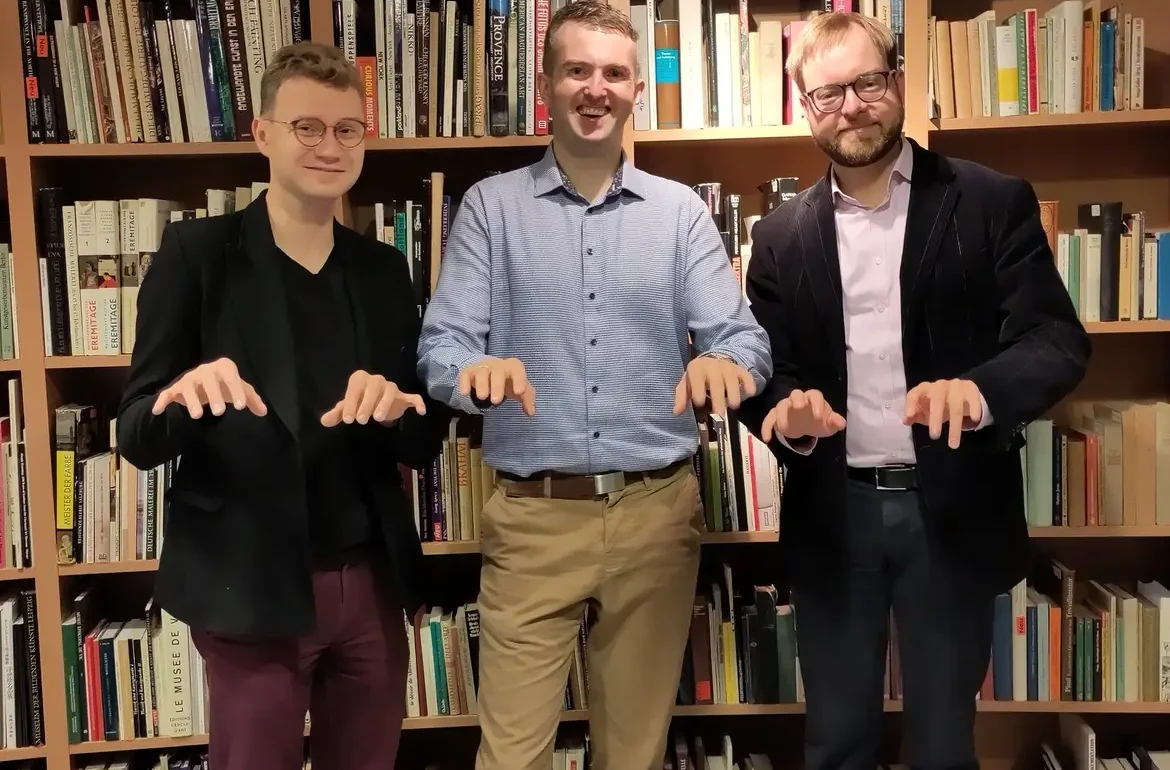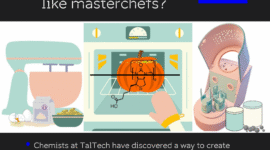Table of Contents
The Event for Artistic Research
On a late spring day full of sunshine and the aromas and promise of an impending summer, researchers from several Estonian institutions gathered in Ankrusaal, a renowned bookshop, cafe, and all-around meeting place located in the old Põhjala factory in the north of Tallinn.
Ankrusaal, “The Anchor Hall,” hosted a science cafe where academics could pool ideas relating to the emerging field of artistic research in Estonia. Among those who presented there were Elen Lotman, a cinematographer and associate professor of film at Baltic Film, Media and Arts School (BFM); artist Jane Remm and designer Marta Põldma (Konovalov) from the Estonian Academy of Arts (EKA); Juhan Uppin, a traditional music lecturer at the Estonian Academy of Music and Theatre (EMTA) and Jaak Sikk, a lecturer in contemporary improvisation at EMTA.
It was, at first glance, a diverse set of research interests and personalities. Uppin, an accordionplayer, also presented a new book on traditional music. Everyone present was committed to advancing the area of artistic research. A new website, called loovuurimus.ee (‘loovuurimus’ means artistic research or studies in Estonian) was launched at the same time. Some weeks later, the Estonian Research Council (ETAG) also opened a call for applications for artistic research support through the Ministry of Culture with €45,000 to be allotted per project.
In short, Estonian Artistic Research has been as of late developing at a rather rapid pace.

Launch of Loovuurimus.ee and Funding Opportunities
Lotman, in a recent interview, said these developments are the result of “a collective and long-lasting effort” involving many players who have been working toward establishing the field in Estonia for several years. These researchers are devoted to allowing the “true interdisciplinary potential” of creativity and science to be realized at their intersection, she said.
The nexus of the work has been a joint working group involving researchers from BFM, EKA, and EMTA who together created the Estonian Framework for Artistic Research in 2021. The field of Artistic Research has been evolving for the past two decades or so, and now has led to the founding of the Society of Artistic Research (SAR) in Amsterdam as well as the Journal for Artistic Research, which launched in 2011. In 2020, SAR issued the Vienna Declaration on Artistic Research, which in part inspired the Estonian researchers in setting up their framework.
In addition to publishing their own framework, the joint working group also agreed on evaluation criteria for artistic research. The new website, Lotman noted, includes short portrait films that introduce artistic research and artistic researchers.
“The aim of all these activities was a common interest of all parties involved — to explain to the public what creative research is, to encourage new creators from different creative fields to engage in it and to fight for equal treatment of artistic research in the world of research funding,” she said.
Funding is, of course, a necessity for any researcher. On 19 June, ETAG opened a call for applications for artistic research support through the Estonian Ministry of Culture. It was the first time the Estonian Research Council had issued such a call, though the ministry has supported the field for several years.
In an accompanying statement, they described artistic research as including at least one creative field, such as art, design, music, audiovisual, performing arts, architecture, or literature. Researchers with a doctoral degree from an Estonian R&D institution were welcomed to apply for a grant, and the round is set to close on 26 August. On 27 June, there was also a virtual information day connected with the call for interested applicants.
Lotman’s Perspective on Artistic Research
For Lotman, a cinematographer and associate professor with multiple titles under her belt, including Rambikramp (2008), Demons (2012), and My Dear Mother (2020), encouraging artistic research in Estonia is both a personal and professional interest. For her, artistic research means research through creative means. It is not the study of creation per se, but using creation as a way to advance a scientific inquiry, “whether the aim is to explore or develop creative processes or tools, to develop new forms of culture or art, or to extend the meaning of art through a work of art on the basis of a scientific program.”
Artistic researchers, she notes, have a distinct profile. They are mostly of the academic world, but also branch out into the private arena, where they are freer to pursue creative activities.
“Since creative practice is not something that is simply done in most universities in the world — it is taught and studied, but creative work is generally not seen as part of the academic world — the creative researcher is usually someone who has done a lot of active creative work outside the academic world, as either as a freelance creative or in an institution that employs creative workers, and from this practice has cultivated their own specific research questions,” she said.
The typical creative researcher, she notes, is a doctoral student that has been doing creative work on the side, or someone who does creative work but has returned to the university setting to teach and formulates research questions there as a consequence of the shift to academia.

Community and Framework Development
According to Lotman, the Estonian researchers involved with artistic research needed to create their own community so that they could better interact with the research community at large, as well as research funders, such as the Estonian Research Council and the Ministry of Culture. This will allow them to better “understandthat the differences between artistic research and conventional science are not a weakness but a strength of the field,” she said.
There are questions about artistic research. One is that the outcome of a creativity-fueld research endeavor is not fixed. But Lotman noted that some of the greatest advances in medicine have been achieved through creative inquiry, such as Sir Alexander Fleming’s accidental but fortuitous discovery of penicillin in 1928.
“Fleming did not arrive at penicillin as a result of a long and systematic effort, which began with him writing a funding proposal in which he clearly explained his research problem and analyzed its necessity and societal impact,” remarked Lotman.
Another issue at times raised in relation to artistic research, she said, is that it is somehow not repeatable. She pointed out that in the social sciences and humanities, and even natural sciences, the results of inquiries are not repeatable and are often time critical and context dependent. “Each scientific field, method or approach creates new knowledge either in a specific context or for a specific task or use,” said Lotman.

Future Directions and Challenges
Going forward, she said, Estonian funders should rely on the Estonian Framework for Artistic Research to help discern the boundaries of the field, as a large group of Estonian creative researchers contributed to its writing. Such endeavors, she added, should include a meaningful and productive relationship between research and creative work; originality and relevance of ideas, and convincing and sophisticated execution; the contribution of the artistic research project to the development of the field; an active, enlightening or intervening relationship with societal processes; and the willingness to take risks and to broaden ways of generating knowledge.
Pille Epner, a senior specialist in EKA’s research and development office and a project leader for popularizing artistic research, noted in a separate interview that EKA, BFM, and EMTA will continue to work together to develop and popularize the field, as it is “still unclear what role creativity can play in the creation of new knowledge and in understanding social processes.”
Epner added that those involved plan to organize more science cafés going forward as well.
This article is written by Justin Petrone. This article was funded by the European Regional Development Fund through Estonian Research Council.
If the magic of music moves you and melodies make your heart sing, tune into more musical marvels on our webpage and read more about what Tricks make opera sound less incomprehensible?!
 Back
Back



